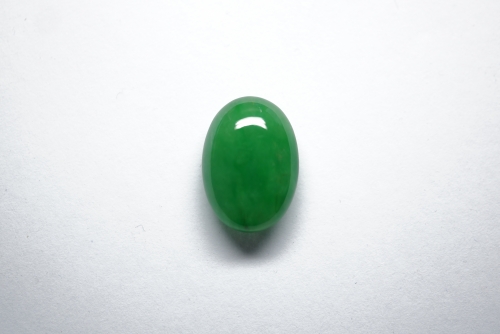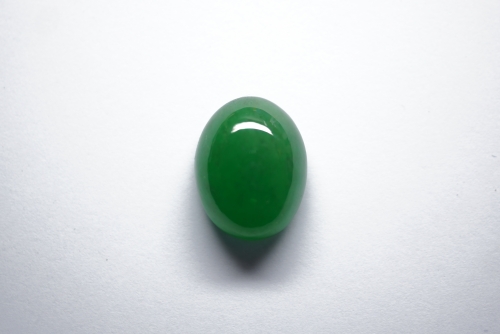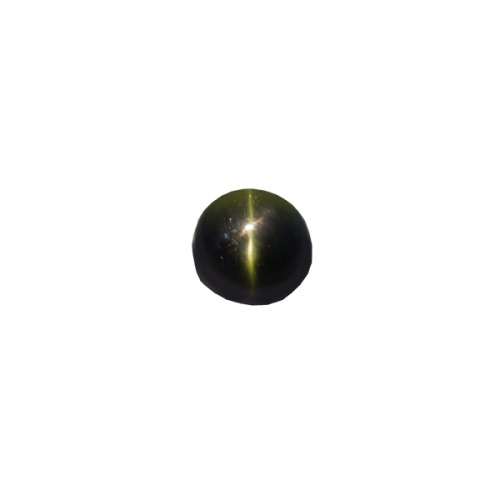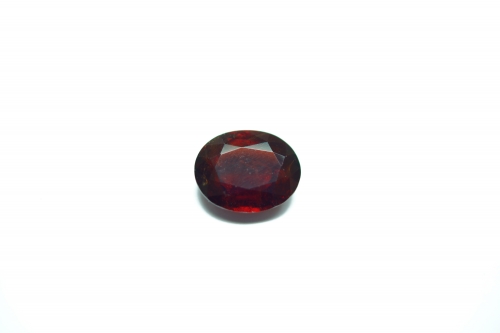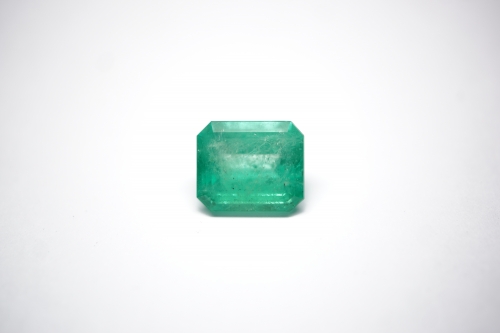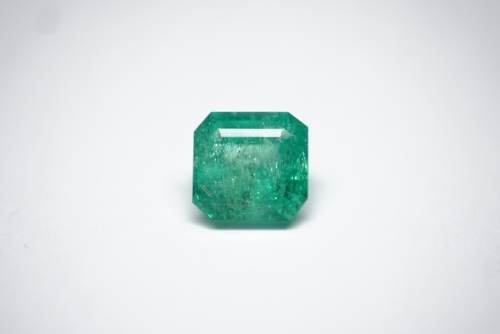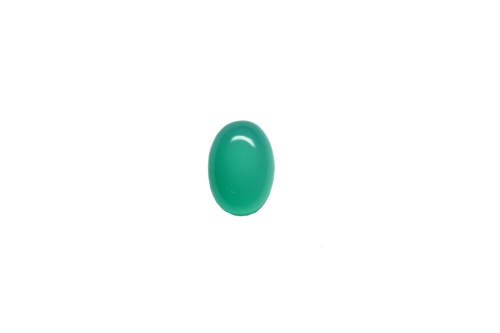Product Description
History
One of the first gemstone known to man, Nephrite and jadeite were used from prehistoric periods for hardstone carving. The toughness of jade made it perfect for interior décor, jewellery, armour, furniture, weapons, tools, ornaments, and ritual objects. Jade was particularly prized by the Chinese with records dating back to 3000BC. They believed jade carved in the shape of a disc with a hole in the middle represents heaven and jade carvings had mystical powers.
Sources
The biggest producer of jade is Myanmar (Burma). Other countries include China, New Zealand, Canada and Guatemala.
Quality
Jadeite comes in a wide array of attractive colours. There are jadeites in different shades of green, yellow, and reddish orange, white, grey, black, brown, and lavender. Jadeites display streaked or mottled coloration, giving jadeite gemstones an interesting visual texture that carvers use to create imaginative and intriguing designs. Generally the most valuable jadeites are of the vivid “apple” green colour however certain markets such as Taiwan prefer jadeites which are dark green.
Trivia
In April 2014, the jade necklace of Princess Barbara Hutton of Georgia was auctioned off for 27.6 million USD at Sotheby’s Hong Kong making it the most expensive jade necklace ever.

